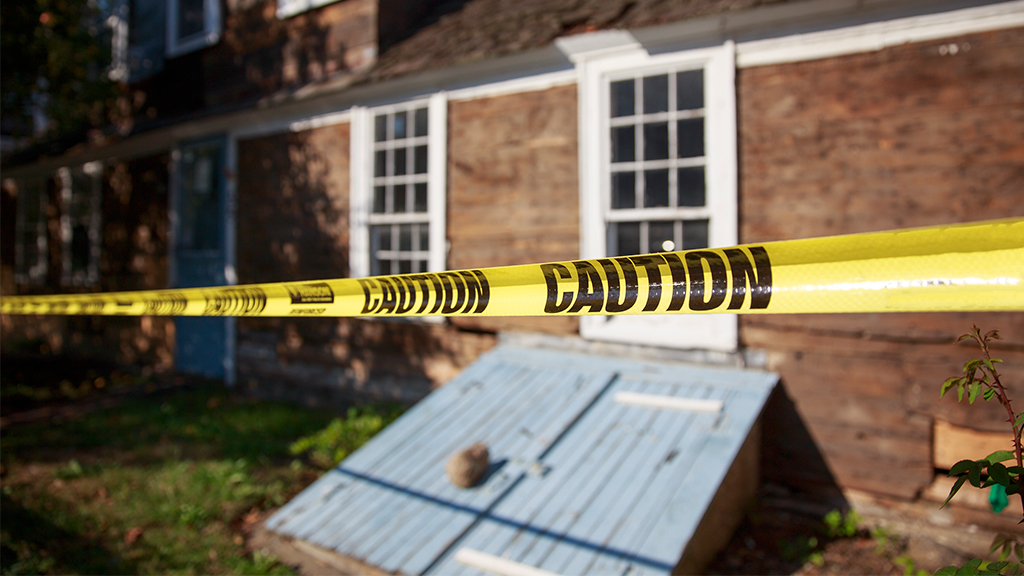Selling a stigmatized home? Learn expert tips to improve its image, tackle buyer concerns, and boost market value for a successful sale.

Selling a home can be a challenging feat in its own right, but selling a home with a history of criminal activity, death, hoarding or even supernatural claims… That requires a strategic approach. Factors such as these have been shown to reduce the market value of a stigmatized home, depending on the severity of the issue.
The good news is, with the right strategy, you can rehabilitate the property’s image and find the right buyer.
What causes a home to be stigmatized?
A home can earn a negative reputation due to events that occurred on or near the property. Common reasons include:
- Criminal activity: Properties associated with crimes like drug manufacturing or violent incidents may deter buyers due to safety concerns or lingering stigma.
- Death on the property: Homes where deaths – natural, accidental or otherwise – have occurred can create discomfort for some buyers.
- Hoarding: Extreme clutter and neglect can result in permanent damage to a property, even after it’s been cleaned.
- Supernatural claims: Allegations of paranormal activity, whether true or not, can make buyers weary.
How to improve a stigmatized home’s market value
Overcoming a stigmatized home’s reputation starts with improving its condition and reshaping public perception. Here are some tips for you and your clients to help make these properties more appealing:
- Deep cleaning and repairs: The first step is to address any physical issues. For homes affected by hoarding or neglect, hire professional cleaners and contractors to restore the property. A clean, well-maintained home is easier for potential buyers to imagine themselves living in.
- Renovate strategically: Consider cosmetic upgrades, like fresh paint, new flooring, or modern fixtures, to create a welcoming and updated atmosphere. If there are features tied to the stigma like damaged areas from past events, prioritize repairing or replacing them.
- Professional staging: Hiring a professional stager can help highlight the home’s strengths while minimizing its past. Thoughtful decor and furniture placement can create a positive first impression and shift focus to the property’s potential.
- Open communication: Transparency is key. While you don’t need to dwell on the property’s history, being upfront about its past can build trust with potential buyers. Check your local laws to ensure you disclose any required information.
How to find the right buyers
Not all buyers will shy away from a stigmatized home. Focus on finding the ones who can see the property’s value and potential beyond its history.
- Highlight the potential savings: Stigmatized homes often sell under market value. Market the property as an opportunity for budget-conscious buyers or investors seeking a great deal in a competitive market.
- Appeal to investors and renovators: Investors and house flippers are often less concerned about a property’s reputation and more interested in its profit potential. Highlight features like location, lot size, and opportunities for value-adding renovations.
- Target niche markets: Some buyers are intrigued by unique properties, such as homes with alleged supernatural activity. Tailor your marketing to niche audiences who may see the property’s history as an enticing feature, not a flaw.
Selling a stigmatized home requires creativity, transparency and patience. By addressing the property’s physical condition, shaping its narrative and targeting the right buyer, you can turn challenges into opportunities. Remember, every home has its buyer; it’s just a matter of finding the right match.




